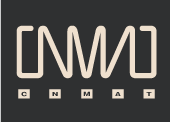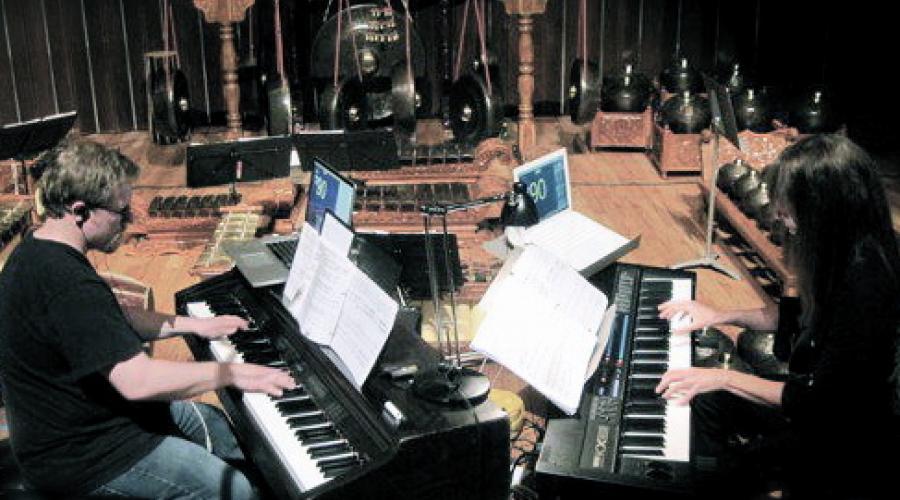
Archive
CNMAT Flashback
A look back at some items in our archives.
Frank Gratkowski, Chris Brown, Willy Winant, and David Wessel
Jeff Koftinoff: Audio Video Bridging and Time Sensitive Networks for Real Time Media and Control
Archive Browser
Getting Started for New Users
Here are things that new users will want to do:
1. Edit your profile! Go to [cnmat:user|My account] and check to make sure your information is up to date.
Terminology
This page documents terminology conventions used in documentation describing the website, with a special focus on disambiguation of technical terminology.
Publication vs. Bibliography
"Create bibliography" means "create bibliography node" or "create bibliography entry" or "create publication" --- it doesn't create a new list of publications, but adds a single new publication to this website's database.
Vocabulary, Taxonomy, Category
1. Terminology: "Taxonomy" and "Vocabulary" mean the same thing -- a collection of terms used for tagging nodes. Similarly, "Term", "Tag", and "Category" are synonyms, and "to tag" and "to categorize" mean the same action. Drupal sometimes uses these terms interchangeably, which could erroneously cause one to believe they refer to different features. In fact, they are all the same.
Website Text Style Guide
A consistent use of style across the site is essential for the maintenance of a professional organizational identity and to establish a uniform user interface that supports efficiency of use and concise text. This document focuses on the most important rules to ensure these goals.
**Style Guidelines**
Comment on a page
Add a comment
This is the easiest method.
Even anonymous users can add comments.
The "add new comment" link applies to the block of text immediately above it. Since a node might display other nodes, you might see many of these links on a single page.
A content administrator can later move useful text out of a comment into the proper node.
Find node IDs
#What is a node ID?
Insert a hyper-link in the body-text of a node
Syntax for writing the link
If you put a URL into the body of a node, one of Drupal's input filters will automatically turn that URL into a clickable web link, like this: http://www.youtube.com/watch?v=Fc9B2g_1h1o
You can also use a special "markdown" shortcut for making links; this is better for referring to other pages on CNMAT's Drupal site.
Manage website notifications
Change your website notification preferences by going to "My Account" on the left, then click edit and scroll down to "Email Notifications". Here you can change your preferences to not receive any email notifications, or manage them on a case by case basis.
Get a notification when a page is updated or commented on
The website can e-mail you when new content is added or a comment is made to a page.
This feature can be enabled from most pages by clicking the link at the bottom of the page, "Subscribe post", or at content-creation type by checking "Subscribe" under the "Subscriptions" tab.
---
Filter e-mail generated by the website
**Common Use Case:**
- Creating a special folder for Case Tracker notices
**General Instructions:**
Save a Draft
#Overview
- An unpublished node is not viewable to anyone but the author of that node.
- Users can utilize this feature to save nodes of any type as a draft.
#Saving your post as a draft
- If the post is still a draft, uncheck the box next to "Published" under the "Publishing Options" drop-down at the bottom of the page.
Working with Video
[http://cnmat.berkeley.edu/library/cnmat_users_manual/research_handbook/s...| Preparing videos for documentation]
[http://cnmat.berkeley.edu/user/adrian_freed/blog/2008/12/23/budgeting_vi...| Budgeting for video transfer]
User Roles
Roles grant functional capabilities to a user, and must be managed by the user administrator.
The permissions granted to a user are the sum of all assigned roles. The authenticated user role is automatic for anyone with a user account and logged in. The anonymous user role is automatic for any visitor without an account or not logged in.
**Current List of Roles:**
anonymous user:
Website Developer Resources
These are how-tos and references for ongoing website development.
Update Engaging Music Panel
#Overview
The Engaging Music Panel contains links to the automatically generated MIC resource page. The terms are arranged hierarchically in four major categories. These categories appear on the left side panel, and once clicked, that category's terms appear on the right.
Adding a Term to the Website Taxonomy
#Overview
Only users with certain access privileges are able to edit the taxonomy. Be sure to think carefully about if the new term is really necessary. The website taxonomy is already large, and too many terms can lead to misclassification and confusion.
The complete website taxonomy is located here.
#Considerations
Adding Names to the New Music Panel
#Overview
The names that appear in the left hand column are updated manually. To generate a page of all of the Music and Inter Arts Projects associated with a person simply enter the Term ID of that person's name after the URL "http://cnmat.berkeley.edu/new_music/people/[TID Here]"
#Note
Only Website Administrators have the privileges necessary to add a name to the New Music Panel.
Changing the Manager of a Group
To change the person listed as the manager of a group, simply edit the group node, then scroll down to the drop-down titled "Authoring Information". Whatever name is in the "Group Manager" field will appear as the manager.
Archiving Work Done at CNMAT
There are three related use cases for archiving work done at CNMAT:
1. An “exit interview”, where somebody leaving CNMAT makes a record of the work (s)he did here
2. A “project wrap-up”, where we preserve the accomplishments of a project that is now over (e.g., a concert that happened yesterday)
3. Ongoing incremental archiving (e.g., maintenance of our Max/MSP externals)


